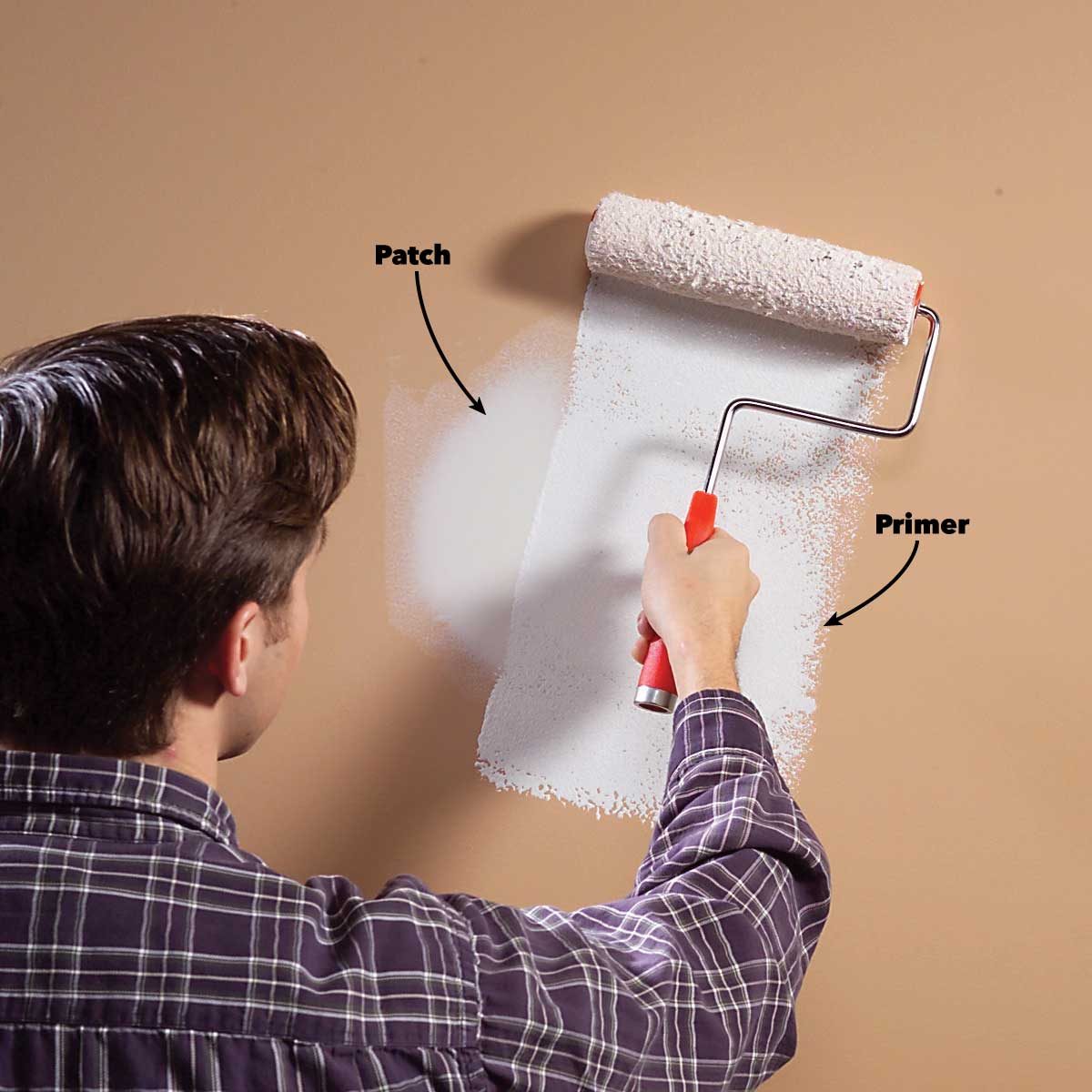
When it comes to drawing, the most daunting thing is making facial features. It is also essential for capturing lifelike portraits as much as it is to master the art of drawing features like eyes or nose. Even though you spend all day looking at faces and observing their parts, it can still be tricky to bring out that likeness in your art.
Do you want to draw portraits but can’t seem to get the facial features right? Are you looking for easy tips to help make the process easy for you? Read on and learn about five easy yet effective tips to help you learn drawing facial features.
Five easy ways to draw facial features:
When it comes to drawing, it usually takes direct observation and a lot of repetition to sharpen the skills. Here are five useful yet easy tips that you can keep in mind while you are trying to draw a face:
1. Get the proportions right:
Do you know that human heads are neither perfect circles nor ovals? The shape of your head is more like an egg, with a tapered end towards the bottom. However, the actual shape can vary from person to person and the angel you’re observing them from. You can draw an egg-like shape and then try to get the proportions right.
While you can try to draw the proportionate face with a free hand, it is wise to use a ruler in the beginning. Make a ruler alongside the drawing of the same height and mark eight spaces starting from the centerline. You can draw faint lines all across the face and mark them. Once you are habitual with the ruler method and have drawn a few faces, you can opt for the no-ruler method. It will ensure you can make realistic drawings.
2. Find the right place for the eyes:
Since eyes are the highest feature of the face, people often think that the eyes are closer to the top of the head than the bottom. But that isn’t the case. In reality, eyes lie halfway between the top of your head and the bottom of the jaw.
Now you know where to place eyes, but how far they should be? Or how big they should be? As a rule of thumb, the head is as wide as five eyes. It implies that you can fit five eyes in the straight eye line. So, the distance between the two eyes must be similar to the size of an eye. The width on the side of the eyes is also identical. Keep in mind that this rule only applies when you are drawing a face head-on in your portrait.
3. Draw nose and ears:
The next step you need to get right for a realist drawing of a face is drawing a nose and ears. For drawing ears, you can start the top just above the eyes and start bringing them down to a point halfway to the eyes and end them towards the bottom of the jaw. Upon observing the person whose facial features you are drawing, you can either stick out the ears a little or a lot.
Once you have drawn the ears, you will have a much better idea of where to place the nose. It can be tricky to draw a nose since the width can vary greatly. Draw two lines along the inner corners of the eyes to help you determine the width of the nose.
4. Use a triangle to draw proportionate lips:
If you have trouble drawing perfectly shaped lips, you can get them right with this top. Draw a straight vertical line starting from the center of the eyes till the end of the jaw to determine the outer boundary of the lips. Next, you can draw a triangle right under the nose in the last box if you have divided the face as per the ruler method. The top of the triangle will help you define the ‘v’ shape of the upper lip. The lower lip will touch the base of the triangle.
5. Don’t place hair on the very top of the head:
A common mistake that artists make when drawing a face is placing the hair towards the very top of the head. It can hamper the proportion of the face. Ideally, the hairline must start a quarter to a third of the way from eyebrows and the top of the head. As per the ruler method, you can start the hairline anywhere between the second and third line from the top, depending on how large you want the forehead to be.
Final thoughts

Recreating facial features can be a challenging task, especially if you are a beginner. You can keep the tips given above in mind while drawing facial features to help you get it right every time. It is time to put your creative cap on and start drawing!



